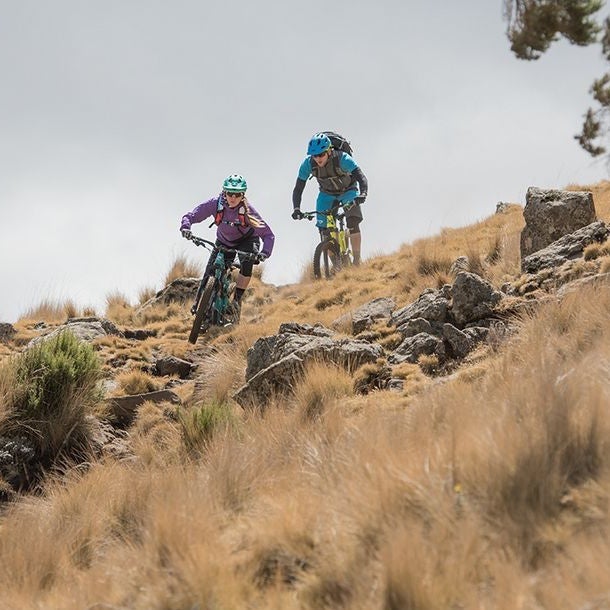The amount of research and engineering going into bikes these days is at an all-time high. The result: innovation is fast and pervasive. No matter what you’re looking for in the cycling realm, there’s a bike or a piece of gear out there that does the job really, really well. We tested gear nonstop during the last 12 months and these are our favorite innovations.
#10. Lindarets Remount 22 ($18)
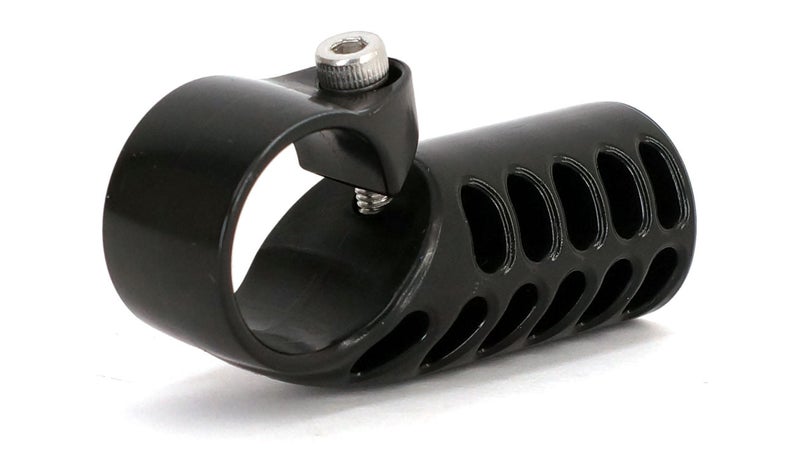
This of plastic is one of the simplest and most ingenious little gadgets we’ve seen. It mounts to any handlebar to create real estate for placing a remote lever for a dropper seat post. And since it sits perpendicular to the bars, it puts many levers into a much more ergonomic position, so you don’t have to reach or unwrap your hand from the bars to lower the post.
#9. Specialized 2FO Cliplite ($180)
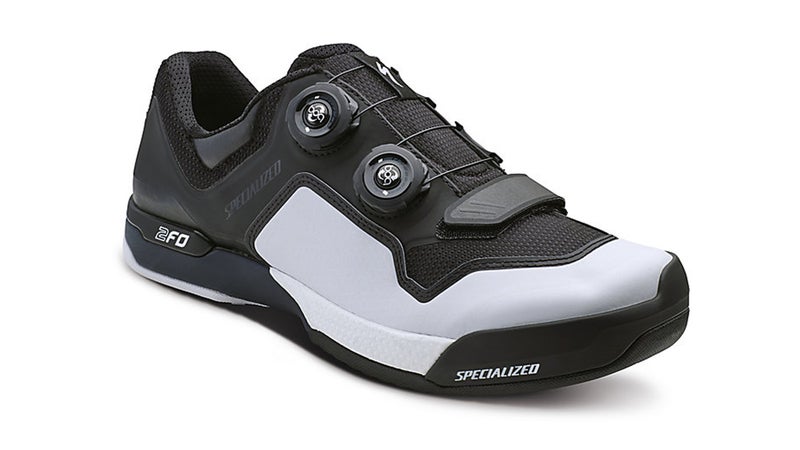
Combining the comfort and styling of a sneaker with the performance of a high-end cleat, the is the ultimate crossover shoe. Other companies make riding shoes like this, of course, but Specialized’s execution is the best, with a Velcro and double Boa closure that’s secure and highly tunable, Body Geometry ergonomics for excellent ankle and knee alignment, a recessed cleat port that’s durable and out of the way, and a cushioned EVA midsole and sticky rubber outsole for comfortable walking and hiking.
#8. Stages Power Meter, Gen 2 (From $530)
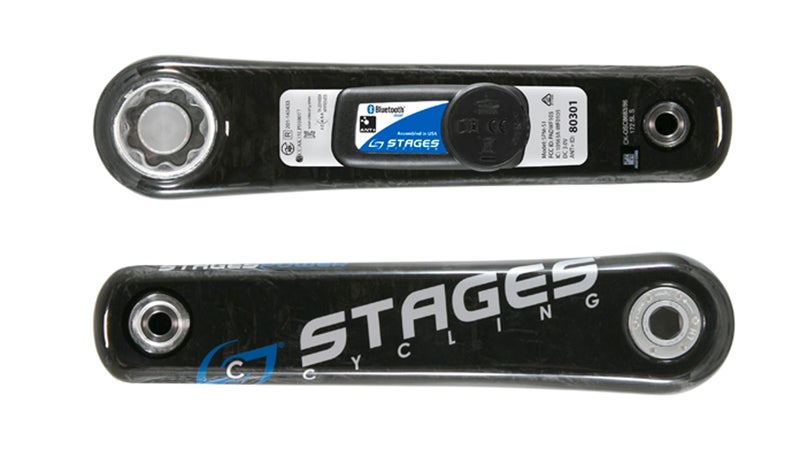
Previously constrained to use on alloy cranks, the update of not only brings a sleeker profile and more accurate readings but it also adds carbon compatibility. That might sound like an easy fix (just glue a meter to a carbon crank), but Stages went to great lengths to ensure accuracy on carbon, which can cause data spikes because of temperature fluctuations. The new carbon models mean that pretty much anyone can ride these meters, including Campagnolo and SRAM users. They are as simple as ever to install and calibrate: just switch out the power crank with the one on your bike and pair to a head unit. And best of all, even with the new tech, the meters are less expensive than ever.
#7. Giro Montaro MIPS ($150)
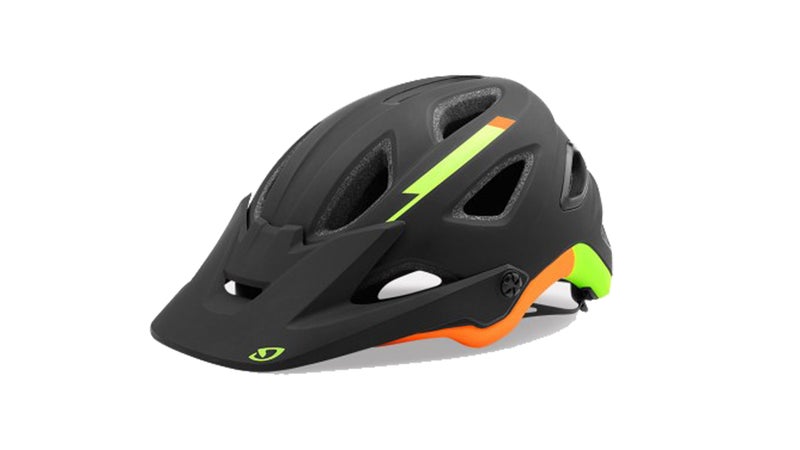
Seemingly every company out there is making a full-coverage, all-mountain-style helmet these days, but Giro’s years of expertise make this one the absolute finest. The lid is the first in Giro’s lineup available with MIPS, the Swedish-developed technology that protects against rotational forces in a crash, and is ostensibly safer for it. (Having invested in MIPS this year, Giro is rapidly spreading the technology across its line.) The Roc Loc Air retention system is secure and comfy as ever, and the ratcheting visor accommodates goggles, up or down. And unlike much of the competition, ventilation is excellent and sweat management totally dialed, so there’s never any steam foggy goggles or sweat-streaked face and glasses.
#6. NiteRider Lumina OLED 800 ($160)
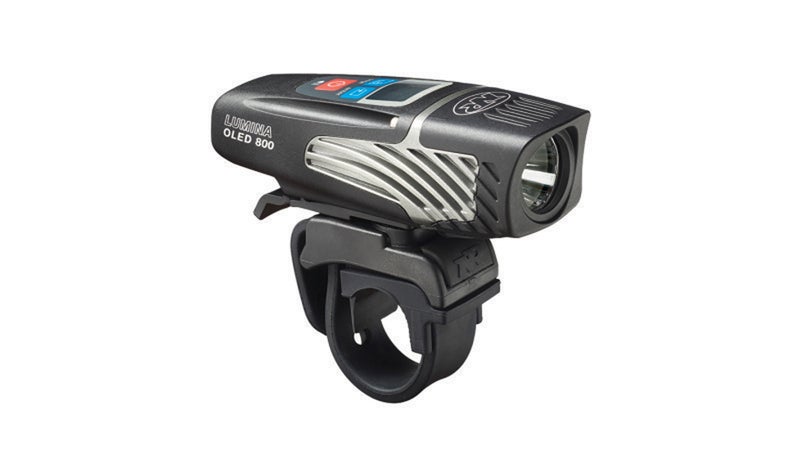
has a meter that measures battery life and a digital screen that displays remaining power down to the minute—and it's a total game-changer. No more running on low light to conserve battery life when it’s not necessary, or, worse still, running out of power completely because you didn’t know how little juice you had left. The OLED 800 has three brightness settings, the strongest of which is enough for easy trail riding, plus flashing modes, and it charges in just three hours via built-in USB.
#5. Q36.5 Salopette L1 Essential ($350)
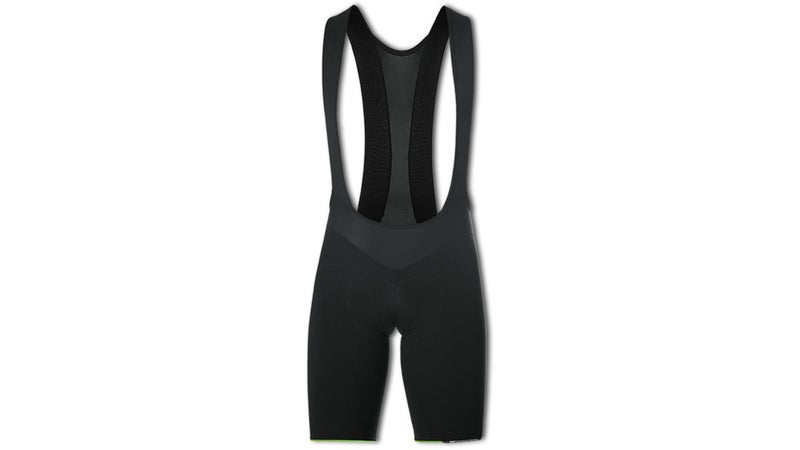
With so many excellent cycling apparel companies on the market, it’s difficult to imagine that a newcomer could raise the game. Yet that’s exactly what Luigi Bergamo, the founder of Q36.5, has done. With extremely compressive, highly lightweight, proprietary fabrics and a perfectly tailored fit, are as close to wearing nothing at all as is legal. The pad is elasticized, has variable thickness, and is extremely comfortable for full days (think: 12 hours or more) in the saddle, despite a firm, relatively thin cut. The only other company making a bib as refined as the L1s is Assos, which makes sense given that, prior to Q36.5, Bergamo spent years as that company’s lead R&D engineer. It will be interesting to see what other innovations Q36.5 brings as the brand takes hold.
#4. SRAM eTap Red (From $2,758)
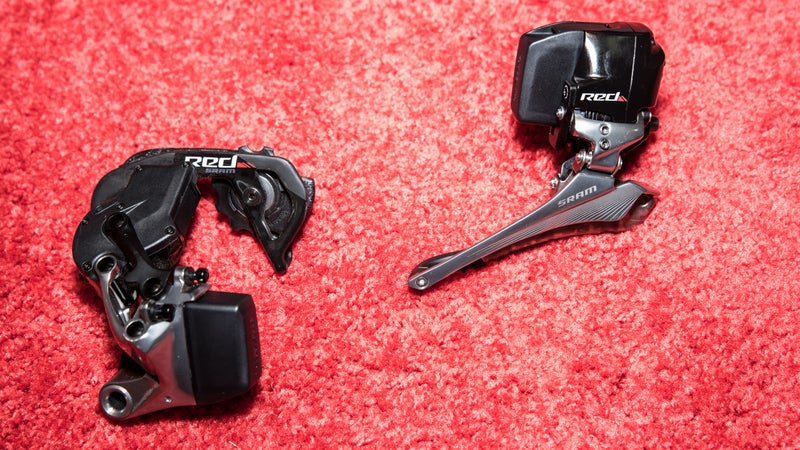
Though Shimano has a six-year jump on electronic components with its excellent and now-entrenched Di2 road groups, SRAM could well leapfrog the Japanese manufacturer with . That’s because unlike Di2, eTap is completely wireless. That makes setup as easy as sticking the parts on the bike and pairing them, as opposed to laboriously laying the wiring, which can especially be a hassle with internal cable routings. Of course, SRAM has had some durability and reliability issues with launches in the past, but we're hopeful that all the kinks will have been worked out on a product launch so long in the making.
#3. Shimano XTR Di2 (Around $3,500)
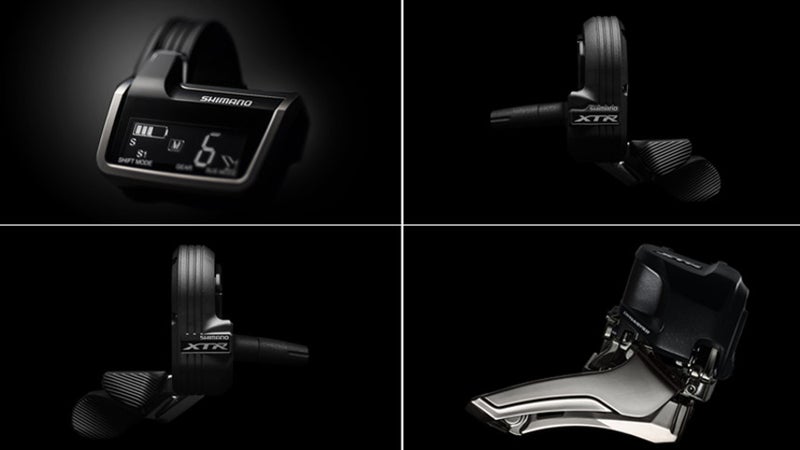
While the resilience of SRAM’s eTap is yet unknown, Shimano has added this outstanding mountain groupo to its three excellent electronic road groups, proving that the company has engineering and durability down. It’s still wired, but we’ve been riding a bike with for over a year now, and we haven’t had a single issue or needed any tune-ups. It is user configurable, with 1x, 2x, and 3x setups, as well as programmable modes that allow the system to shift both and with input from a . The drivetrain is silky smooth and extremely easy to service, and all of the peripherals, especially the brakes, are best in class, too. For the moment, XTR Di2 is the finest mountain drivetrain money can buy.
#2. Trek Stache 29+ (From $1,680 to $3,700)
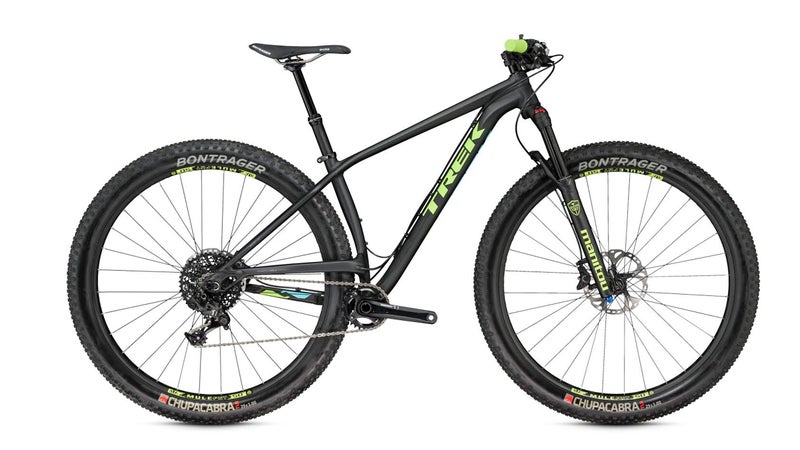
We like many of the 27.5+ bikes hitting the market, but the impressed the hell out of us because Trek managed to do what many said couldn’t be done: build a quick, nimble, highly shreddable mountain bike around 29+ wheels. To accomplish this, Trek went 1×11 specific and raised the drive-size chain stay to keep the rear end as tight or tighter than many standard mountain bikes. That short rear center combined with a 110-millimeter fork and 68.4-degree head angle, plus a dropper seat post, makes for one of the most playful hard tails we’ve ever ridden. As one tester put it: “This is the first hard tail I’ve ever been on that can keep up with full suspension bikes.” And though the Sun Ringlé Mulefüt wheels still come stock—and they are just fine, by the way—Trek has since addressed our criticism of those wheels with the release of the , which are nearly two pounds lighter.
#1. Open Unbeaten Path ($2,900 for the Frameset)
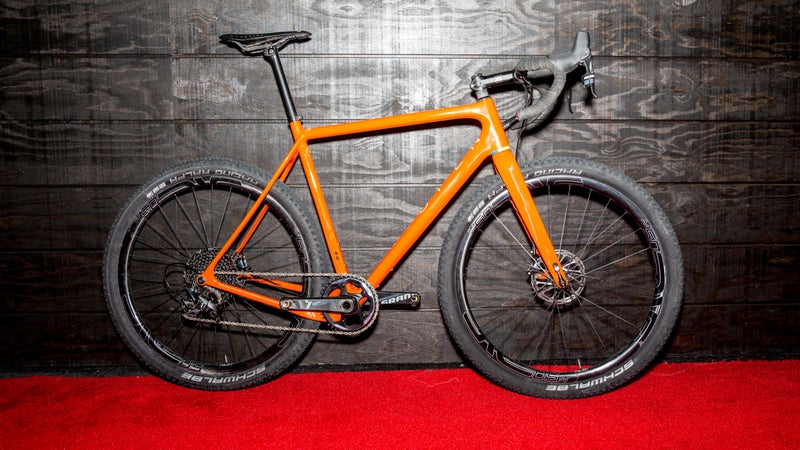
���ϳԹ��� road bikes have been all the rage for the past few years, and while there have been some excellent entries, Open is the first company to get the equation exactly right. By dropping the rear chain stay (not unlike the way Trek raised it on the Stache), the company has managed to mate road bike geometry, especially a very tight rear end, to mountain bike tire clearance. The Unbeaten Path can accommodate everything from 700c wheels with 40-millimeter tires to 650bs with 2.1-inch rubber (that’s over a half-inch wider than most bikes in this class can handle). Combined with a frame weight of just 1,050 grams, that makes this carbon machine arguably the most versatile bike on the market. While it has no trouble holding its own in a pack on the road with a set of 25-millimeter tires, it’s also totally comfortable on dirt and even singletrack with those 2.1-inch tires. We can’t help but think that with two sets of wheels and Specialized’s awesome , the U.P. would be the ultimate one-bike quiver. And beyond all that, it’s a complete head-turner.


